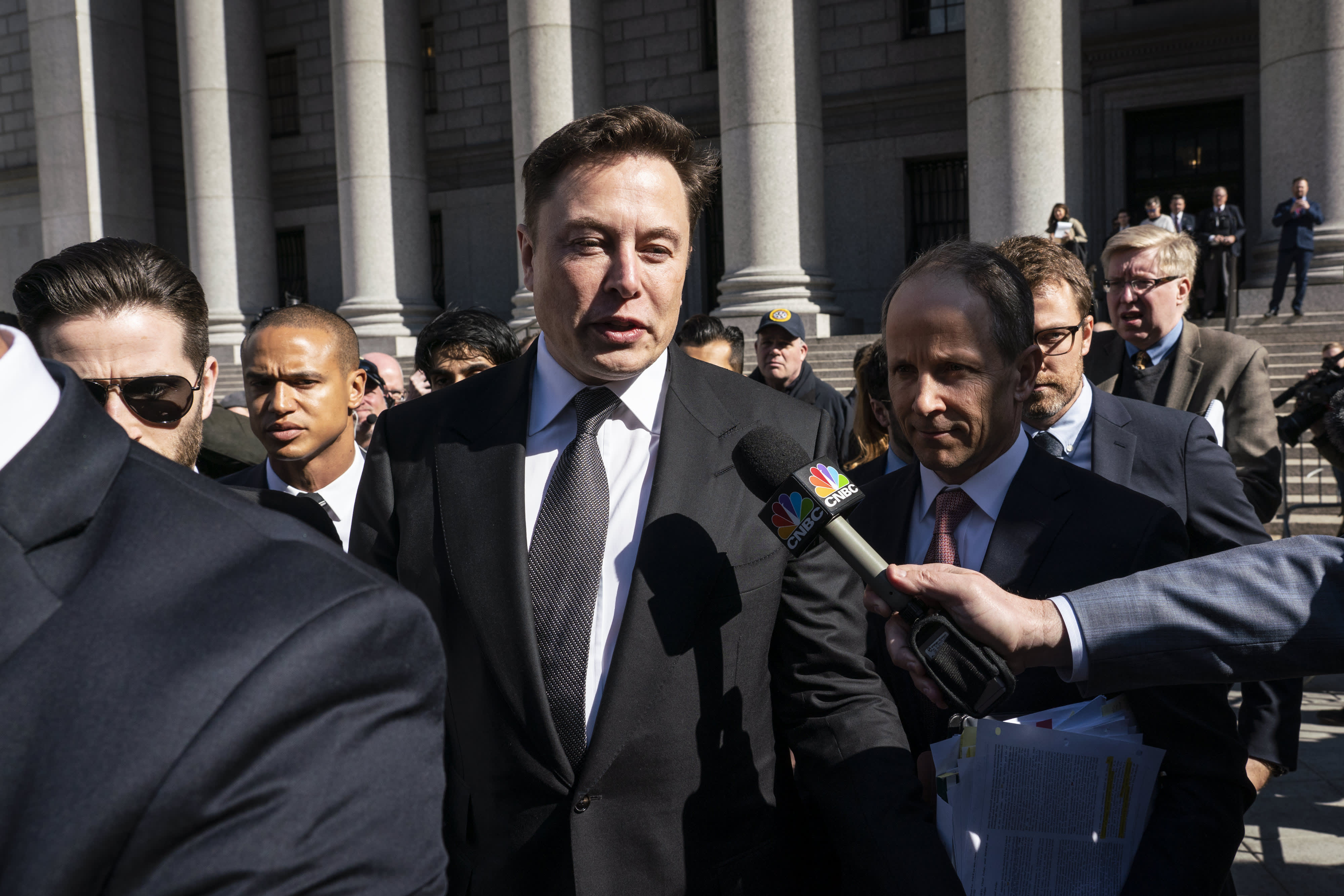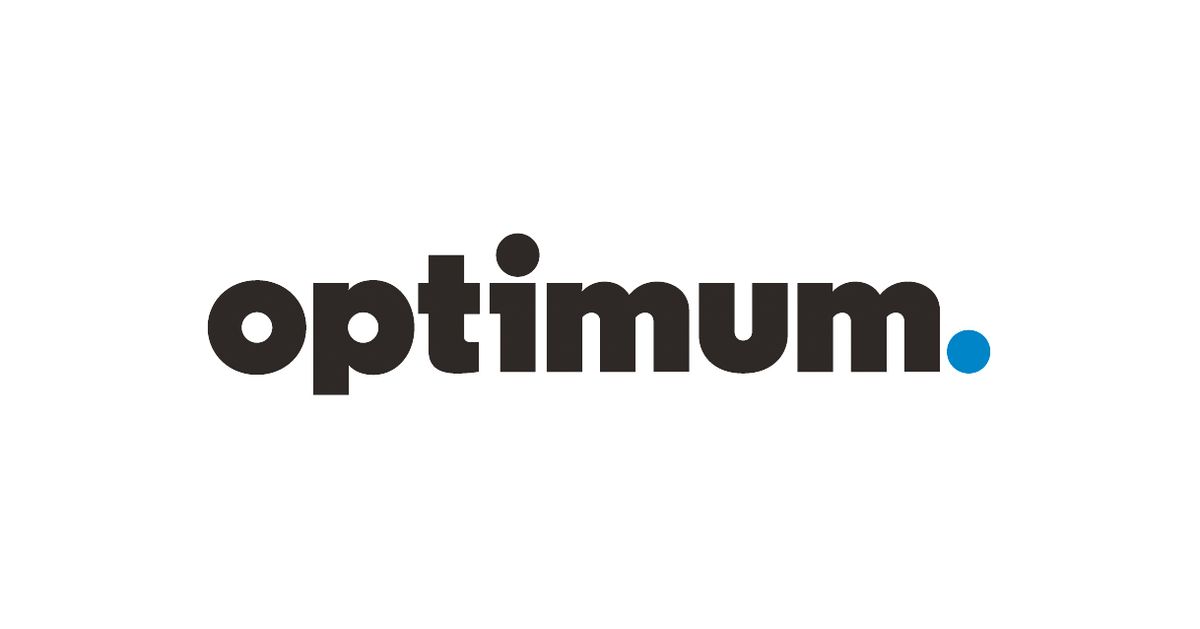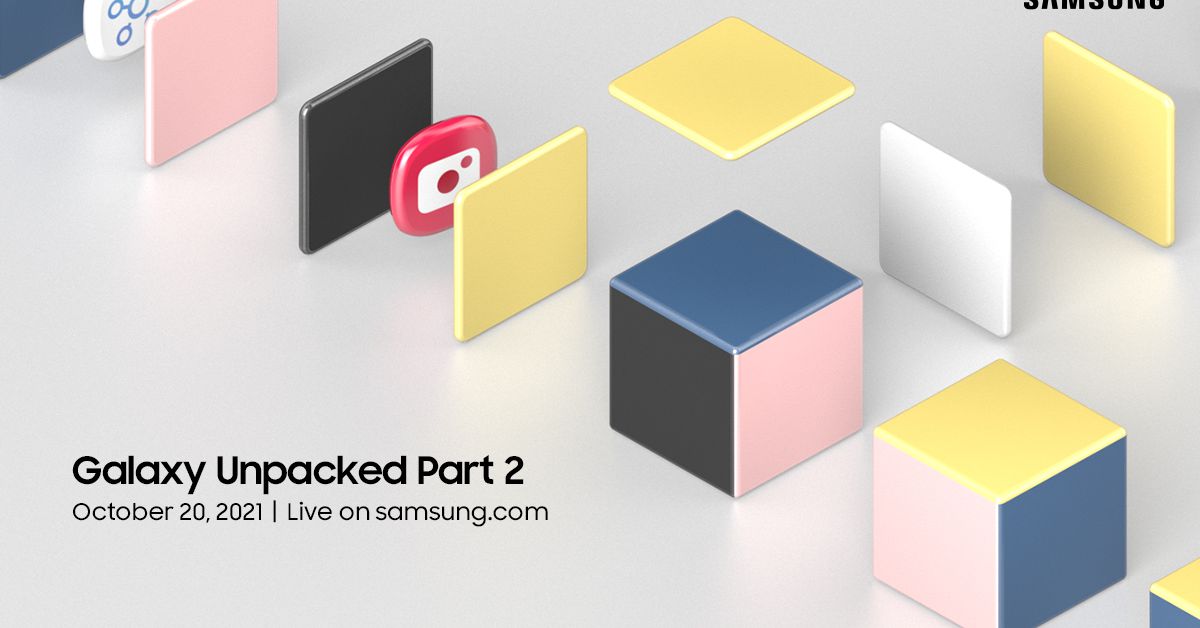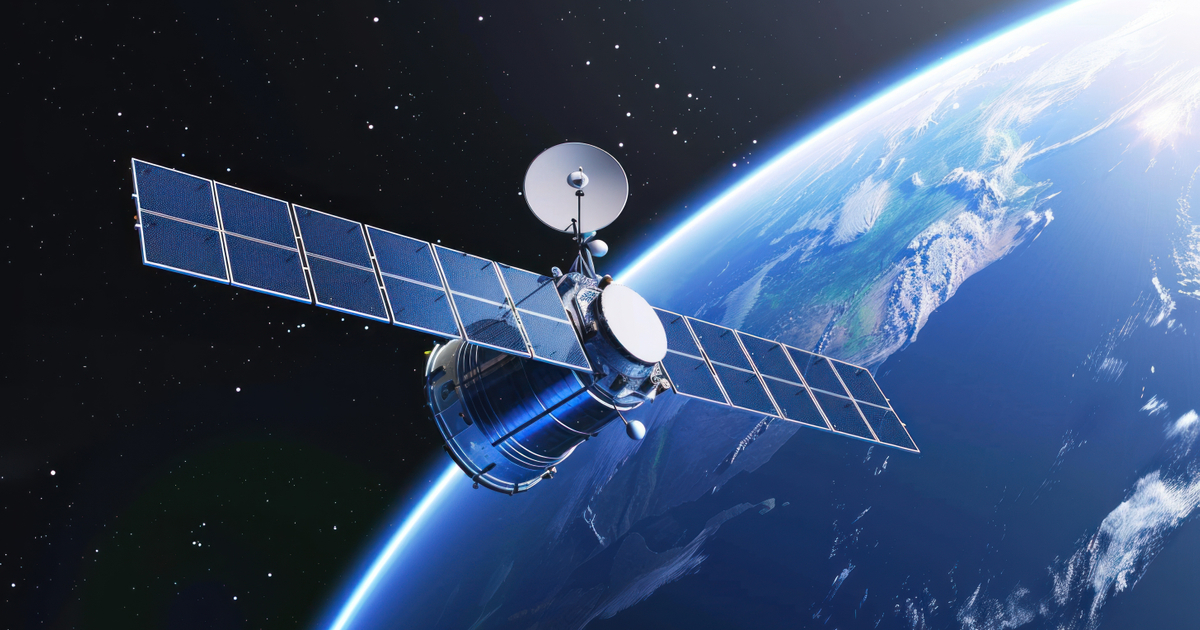WWDC 2023: all the news from Apple’s Worldwide Developers Conference
Illustration by Nick Barclay / The VergeVirtual reality, a bigger MacBook Air, updated OSes, and more are on the docket. Continue reading…
/cdn.vox-cdn.com/uploads/chorus_asset/file/23951261/VRG_Illo_N_Barclay_5_apple.jpg)
WWDC 2023 is going to be a big one for Apple. The company is rumored to be introducing its long-in-the-works VR headset, a super high-end model that’s meant to prove what its tech is capable of and why virtual reality might be a compelling future.
The conference is typically where Apple unveils the next versions of its many operating systems, and we’re expecting the same marathon of updates this year, too. Expect new features in macOS, iOS, iPadOS, watchOS, and tvOS — plus the likely announcement of a new operating system designed for VR devices.
Alongside all of that, there’s also a chance we’ll see some new Macs, including a larger MacBook Air. There have also been rumors that Apple will make changes to open up its operating systems to comply with regulations in Europe, which could present major opportunities for developers.
This year’s conference is once again being held primarily online, but Apple is also hosting an in-person component at its Apple Park campus in Cupertino, California, on opening day. The event kicks off on June 5th with a keynote presentation that’ll likely start at 1PM ET / 10AM PT. The presentation is once again being streamed online.
Apple event: how to watch the WWDC keynote and what to expect
Apple’s upcoming Worldwide Developers Conference (WWDC) is expected to be one of its biggest yet. After years of rumors and leaks, Apple could finally take the wraps off of its mixed reality headset, entering the company into a new product category and giving the world a first look at its attempt to prove that virtual reality is worth investing in.
There’s also certain to be a lot more: operating system updates, new apps and features, and possibly some new hardware, too. Here, we’ve pulled together details on how and when you can watch the main WWDC keynote as well as some of the announcements that we expect from Apple.
Kuo: Investors are taking a wait-and-see approach to Apple’s AR headset.
While many are champing at the bit to see Apple’s new AR headset, some investors are more interested in potential AI announcements at WWDC, according to a tweet today from supply chain analyst Ming-Chi Kuo.
As Kuo explains it, the headset “may not be a substantial revenue and profit contributor for suppliers in the next two years compared to AI.”
These are issues Apple may fix in later versions of the “Reality Pro.”
We may not know until after WWDC, but Apple's mixed reality headset probably won't address every AR issue right out of the gate. As pointed out by Bloomberg’s Mark Gurman in his Power On newsletter today:
I expect that future versions will fix problems in the first model — such as nausea complaints, performance hiccups, overheating concerns and a lack of cellular connectivity — and bring down the price.
That’s not surprising, and doesn’t paint the “Reality Pro” as doomed, just a first attempt likely aimed at developers and very early adopters. As Casey Newton writes for The Verge, whether Apple’s new platform succeeds depends more on its evolution than on tomorrow’s device.
Augmented reality needs an iPhone moment
Photo by Justin Sullivan / Getty Images
As Apple prepares its long-rumored jump into augmented reality on Monday, doubts have shadowed every step of the way. There are reports of frequent changes in direction and skepticism inside Apple’s ranks. The device has allegedly been hard to manufacture and required numerous compromises. The process has taken years longer than Apple expected. And at a rumored $3,000, even Apple reportedly expects slow short-term sales.
But among AR professionals, the mood is jubilant. “This is the single greatest thing that could happen to this industry,” says Jay Wright, CEO of VR / AR collaboration platform Campfire 3D. “Whether you make hardware or software. We’re excited about it.”
If Apple wants its headset to win, it needs to reinvent the app
Illustration by Hugo Herrera for The Verge
If Apple’s mixed reality headset is going to succeed, it’s going to be because of the apps. On Monday, Apple will take the stage at its 2023 Worldwide Developers Conference to talk about FaceTime and Apple Books and all the other cool built-in stuff you’ll be able to do with its ski goggles strapped to your face. But if it can’t get third-party developers on board, and those developers don’t figure out how to build life-changingly great stuff for those goggles, the Reality Pro (or whatever it’s called) doesn’t stand a chance.
Apple knows this better than anyone, of course. The iPhone took off when apps like Instagram and Uber showed what you could do with a camera and a GPS in your pocket. The iPad became a creative tool because creative people kept building cool stuff to do on such a huge touchscreen. And developers at places like Nike and Strava did more to make the case for the Apple Watch than Apple’s Walkie Talkie app and weird heartbeat-sending thing ever did. Apple’s product strategy for 15 years has been to make the coolest gadget it can, show it to developers, and ask them what they think.
Apple’s VR/AR goggles might come with some important warning labels.
Apple’s recent focus on accessibility in its devices includes features like the upcoming Personal Voice and Assistive Access mode. Now, according to Mark Gurman, Apple’s considering including warnings that people with specific health conditions should not buy or use the headset that it’s expected to reveal next week.
That includes people with Meniere’s Disease, past traumatic brain injuries, post-concussion syndrome, migraines and vertigo.
A similar notice (PDF) for Meta’s Quest notes the risk of seizures and possible interference with medical devices. In another tweet, Gurman said Apple could add additional warnings for ADHD, anxiety, pacemakers, pregnancy, and more.
Don’t judge Apple’s VR headset too soon
Illustration: The Verge
Just when the metaverse had mostly faded from the headlines, a heavily rumored new product launch appears poised to bring it roaring back. Today let’s talk about what’s happened in the world of virtual and mixed reality since last we left it and whether Apple can find mainstream uses for headsets that go beyond the games that have defined it so far.
Monday marks the start of Apple’s Worldwide Developer Conference. Unlike most years, when coming software updates dominate the keynote, this year hardware is expected to take center stage. After more than seven years of development, Apple is reportedly set to unveil the Reality Pro, a roughly $3,000 headset that aims to serve a variety of productivity uses. (Apple almost certainly will not use “the metaverse” in any marketing materials, though, however convenient it might be for those of us writing about the space.)
Today on The Vergecast: It’s headsets all the way down.
Meta’s got a new headset. Apple’s almost certainly got a new headset. Can I interest you in a headset? What do you look for in a headset? When I say “headset,” what do you think of? What’s it gonna take to get you into a headset today?
We also spend a lot of time previewing WWDC. But let’s be real: this is the year of the headset.
Apple transformed the iPhone 10 years ago — and we’re still feeling it today
Image: Apple
Heading into WWDC 2013, Apple had a lot to prove. The company was still licking its wounds from the botched launch of Apple Maps in iOS 6, and complaints had been growing around iOS’s increasingly stale design. Though the iPhone was by then a proven hit, iOS was starting to look outdated. Remember the notepad-like Notes app? The weird linen background behind Notification Center? The felt-ish green background of the Game Center app? When compared to things like Microsoft’s very flat and, for the time, very modern Windows Phone platform (RIP), it felt like iOS needed a shake-up.
So it was no surprise that, on June 10th, 2013, Apple CEO Tim Cook announced what’s perhaps become Apple’s most important iOS update ever: iOS 7. But he didn’t linger onstage, quickly giving up the spotlight to a video narrated by Apple’s then-SVP of industrial design, Jony Ive, who had taken over software design from the ousted iOS exec Scott Forstall just months before.
Sean Murray sure seems to be teasing No Man’s Sky for Apple’s unannounced VR headset.
The game just came out on Mac, already supports VR, and he tweeted about a surprise in the “VERY near future” and what appears to be a picture of the game’s Steam page with the Windows logo, Apple logo, and the words “VR Supported.”
With Apple’s WWDC keynote in the very near future, it looks like we might see No Man’s Sky as a featured game during the show.
WWDC might bring Mac Studios with M2 chips.
A new report from Bloomberg’s Mark Gurman says that Apple is testing new computers with M2 Max and M2 Ultra chips. Given that the Mac Studio is now more than a year old and runs on the M1 Max and M1 Ultra chips... I’ll let you connect the dots.
Next Monday is going to be a really big show, isn’t it?
Apple might announce ‘several’ Macs at WWDC
Photo by Becca Farsace / The Verge
Apple could have a pretty big Worldwide Developers Conference next week, according to Bloomberg’s Mark Gurman. In addition to the rumored mixed reality headset and the usual updates to its operating systems, Gurman is expecting Apple to focus on “several” new Macs at the show, he said in a tweet.
Gurman has already reported that a MacBook Air with a larger 15-inch screen and M2 chip is in the works, and it seems possible that could be one of the stars of the WWDC show. Apple revealed the redesigned M2-equipped 13-inch Air at last year’s WWDC, so it’s not out of the realm of possibility that Apple would once again use the event to introduce a larger Air.
The iPhone is dead — long live the iPhone
Many have predicted the death of the iPhone. We’ve been at Peak iPhone a bunch of different times. We’ve seen “stagnant growth,” “looming trouble,” and prognostications that other companies would steal Apple’s market share or that wearables or hearables or AR or VR or XR or SomethingElseR would usurp the smartphone. And yet, the iPhone remains what it has been for a decade and a half: the most successful product in consumer electronics, a $51 billion business in the first three months of this year alone.
A more fair thing to say might be that the iPhone is complete. That’s what we get into in this Status Update. It’s not dead, it’s not dying, but maybe it’s a product on which there is not much more work to do. It’s true of smartphones in general, really; billions of people have slabs of glass in their pocket, and for most people, those slabs are appliances now. Users, by and large, don’t want whiz-bang new features or huge interface overhauls. (We’ll see if folding phones can spark another cycle of new ideas, but I wouldn’t hold your breath.) They just want their device to be a little faster, last a little longer, and maybe cost a little less. They replace theirs when it breaks and not a moment sooner.
Macs, OS updates, and that all-important headset coming next week.
Bloomberg’s Mark Gurman already wrote up a detailed prediction in April for what’s coming at Apple’s WWDC. And in a new tweet today he’s reiterating his predictions.
He’s expecting it to be a big year for hardware, with Apple’s new mixed-reality headset debuting alongside “several” new Macs, and annual updates to Apple’s range of operating systems.
Grab your iPhone or iPad and check out Apple’s “AR Experience” teaser ahead of WWDC.
Apple has a little AR teaser for WWDC (spotted by MacRumors). To see it, visit the Apple Events website using Safari on your iPhone or iPad and tap “AR Experience,” point your camera at a wall, and you’ll get a colorful animated logo with June 6th, 2023 — the WWDC keynote date — printed inside.
Apple’s mixed reality headset is expected to be the biggest announcement at this year’s WWDC.
Image: The Verge
Look who got an invite to WWDC this year.
UploadVR editor Ian Hamilton says he received his first-ever invite from Apple to attend its WWDC keynote on June 5th.
Sure, such a thing could simply be a coincidence. But if you’re Apple and going to unveil your first mixed reality headset, it would certainly make sense to have someone from one of the leading VR publications in the audience!
Apple adds new concert-finding features to Maps and Music
Image: Apple
Apple is rolling out new concert discovery features in its Maps and Music apps that should make it easier to find local shows. On Apple Music, Apple is adding a Set Lists section that lives within the app’s Browse tab, allowing you to look through an artist’s upcoming shows and view set lists across their tours.
Apple Maps, on the other hand, is getting over 40 curated guides that highlight some of the best live music venues across the globe, which Apple says could range from Viennese symphony halls to techno clubs in Brooklyn. The feature lets you browse through upcoming shows at each venue directly within Maps, but it’s only available in select cities, including Chicago, Los Angeles, New York City, Tokyo, London, Paris, and others.
iPhones will be able to speak in your voice with 15 minutes of training
Image: Apple
Today, Apple previewed a bundle of new features designed for cognitive, vision, hearing, and mobility accessibility. That includes a new Personal Voice feature for people who may lose their ability to speak, allowing them to create “a synthesized voice that sounds like them” to talk with friends or family members.
According to Apple, users can create a Personal Voice by reading a set of text prompts aloud for a total of 15 minutes of audio on the iPhone or iPad. Since the feature integrates with Live Speech, users can then type what they want to say and have their Personal Voice read it to whomever they want to talk to. Apple says the feature uses “on-device machine learning to keep users’ information private and secure.”
Apple registers “xrOS” wordmark ahead of headset launch.
Apple’s so-called “Reality Pro” AR/VR headset that could cost as much as $3,000 is said to be running on an operating system called xrOS — a stylized wordmark for its “extended reality OS” that Apple wants to own. Seems like a solid bet at this point, but we’ll know for sure when WWDC kicks off on June 5th.
Oculus co-founder likes Apple’s mixed reality headset.
Palmer Luckey who, as the primary inventor of the Oculus Rift, should know a thing or two about VR headsets, tweeted out his one-line approval ahead of its expected unveiling on June 5th.
Then again, Luckey’s also a documented shitposter and troll with a sometimes bad goatee who failed to make VR an Apple-sized success while at Facebook, so.

 MikeTyes
MikeTyes 
































